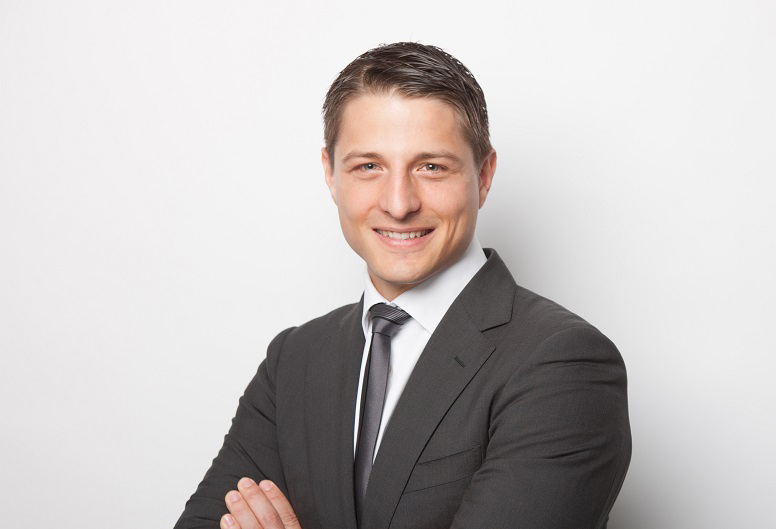How important are product innovations in the operations of KFN?
We look at improvements for our processes, not at new products in the strict sense of the word. This has to do with our products being raw materials that can be relied upon since more than 100 years, and for which there is demand from the society. Where we can improve is at physical characteristics, in other words: at the production process.
What exactly do you mean by that?
By optimizing the grain size spread, for example, we can increase the reaction surface of the lime, thus increasing the yield in the products of our customers – while keeping the quality constantly high. This means that the chemical, pharmaceutical and food industries can use our product better and are able to replace other ingredients by lime, being a natural commodity. One example for this is that hydrated lime has for a number of years now replaced stabilizers containing lead in the production of PVC.
There can be completely new uses for your products?
Absolutely. In a co-operation with the Swiss university ETH we managed to modify the surface of lime in such a way that it can be used as a biological fungicide. The results are very encouraging and partially similar to those we see when using copper. Contrary to copper, however, lime is completely degradable and is already used as a soil enhancer in farming.
How do you structure innovation processes at KFN like the one you just described?
We are in a permanent exchange. In our Company Development department, we regularly talk with our sales people and our clients, to check on their demands. Also, the feedback of our employees helps us to continually improve our processes. Thankfully, quality management and a consciousness for optimizations have been part of our corporate DNA for a long time. Additionally, we have co-operations with ETH and other research institutes to be able to unlock the unused potentials of lime in the future.
What part do environmental concerns play in this?
I think this is obvious in the use of lime as a fungicide. We are able to offer a solution for eco-farming that is very sustainable. While solving the problem of fungal diseases of plants, it is completely harmless for humans, water and soils. The hydrated lime used does even more: following the natural process of recarbonization, it reabsorbs carbon dioxide and goes back to nature as limestone. An additional ecological benefit is what our lime products bring in many other areas, such as in flue gas cleaning, in the stabilizing of soils or in the treatment of water.
In what other areas have KFN and its products gone through innovation processes?
Over the past decades, for example, we have continuously improved the monitoring of our processes. We thus were able to lift our quality level and have that level certified. That we are able to comply with the food production norm FSSC 22000 puts us in a competitive advantage. It is also one of the reasons why our lime, taking the form of calcium propionate, has found its way into many burger buns of mass producers. There are more issues, like the new construction of a lime kiln according to the state of the art and very energy-efficient, and the introduction of more efficient packaging sizes – all part of our permanent innovation efforts.
What potentials of lime have been under-used so far by industry and society, where do you see chances?
Already, lime is used in an extreme variety of areas: in construction projects as well as in the production of steel or for consumer goods. I think it is therefore important to let the public know how in how many ways lime is used and to increasingly bring the environmental benefits of lime to fruition. Be it in eco-farming or as an ingredient to more durable asphalt, saving on bitumen in the long run.
How will innovative products contribute to the goal of KFN, to be part of a climate positive industry?
Already, many of our products act as CO2 sinks, as they are absorbing carbon dioxide. We actively watch carbon capture technologies, so these features can be put to use more often. The second and even more important question is, however, what to do with captured CO2. In this aspect, currently there are several very promising research projects, which we monitor closely and support. So far, there is no clear technology leader on the horizon, however. Our task continues to be to further develop the ideas developed so far, and to continue to monitor the research in this field. I am confident that by 2050 or even earlier we can manage to become a climate positive enterprise. This will be helped tremendously if we can upscale the measures that are successful so far on a small scale.

